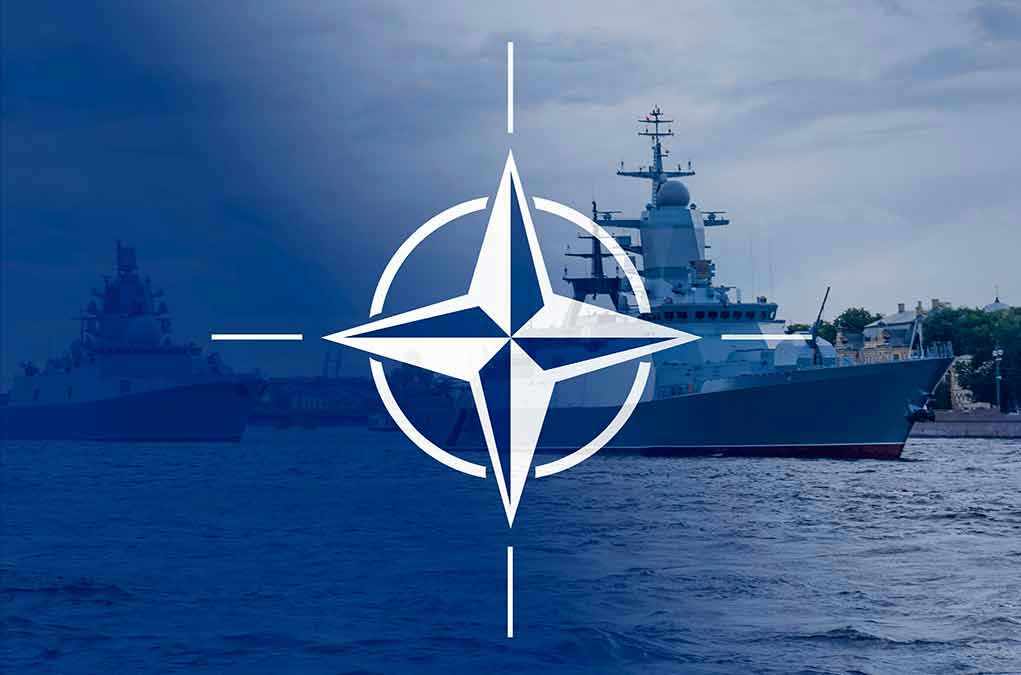
Beijing’s blockade tactics backfired spectacularly when two Chinese state ships smashed into each other on camera near Scarborough Shoal, spotlighting the risks of gray-zone coercion and the stakes for U.S. allies.
Story Highlights
- PCG video shows a Chinese coast guard cutter colliding with a PLA Navy destroyer during a chase near Scarborough Shoal.
- Manila cites unsafe maneuvers and COLREGS concerns; Beijing admits “expulsion” operation but not the crash.
- Incident underscores rising miscalculation risks as PLAN operates alongside China’s Coast Guard.
- Episode strengthens calls for deterrence, joint patrols, and rule-of-law backing for allies.
What Happened: A Collision Caught on Video
Philippine Coast Guard footage captured China Coast Guard cutter 3104 and PLA Navy destroyer hull number 164 colliding east of Scarborough Shoal while chasing the PCG patrol ship BRP Suluan. Manila reports CCG 3104 had water-cannoned and tailed Suluan before executing a risky maneuver that led to the impact, leaving 3104’s bow heavily damaged and “unseaworthy,” with visible damage also on the PLA ship. China confirmed an operation to expel Philippine vessels but did not acknowledge the crash.
Well, that's embarrassing!
Instant Karma: Watch Two Chinese Ships Crash Into Each Other While Trying To Harass Neighbor’s Coast Guard https://t.co/JxzWxGwNl4 via @dailycaller
— R T (@RDog861) August 11, 2025
The timeline centers on Monday, August 11, 2025, when the PCG released high-resolution video of the chase and collision. China’s Coast Guard issued a same-day statement claiming its actions were “professional, standardised, legitimate and legal” in waters it calls Huangyan Island, while asserting sovereignty and necessary enforcement measures. Reports note uncertainty around injuries, with Manila saying it offered assistance and broadcast coverage indicating Chinese crew did not respond to help offers from the PCG.
Where It Happened and Why It Matters
The encounter occurred roughly 10–11 nautical miles east of Scarborough Shoal, inside the Philippines’ claimed exclusive economic zone but within Beijing’s contested claim. The location is a flashpoint since China’s effective control following a 2012 standoff. A 2016 UNCLOS arbitral ruling invalidated China’s nine-dash line claims, which Beijing rejects. The presence of both CCG and PLAN alongside maritime militia reflects layered coercion that raises collision risks during close-quarters intercepts.
The incident stands out because two Chinese state vessels collided while attempting to block a neighbor’s coast guard—an unusual “fratricide” documented by the target’s own cameras. Manila emphasizes unsafe navigation and potential COLREGS violations; Beijing highlights sovereignty and law enforcement, omitting any crash admission. As video circulates, the narrative battle intensifies, shaping international opinion on documented behavior versus official denials, and reinforcing the importance of transparent evidence in maritime disputes.
Rising Risks: Gray-Zone Tactics and Escalation
Operational patterns since 2023 include water cannoning, blocking, and ramming aimed at Philippine vessels around Scarborough and Second Thomas Shoal. This incident adds a new layer: concurrent operations by CCG and PLAN can magnify miscalculation risks. Naval analysis frames the crash as occurring amid a blockade attempt against Philippine forces, with vessel identifications and damage visible in the footage. Increased PLAN participation signals higher stakes and demands tighter deconfliction to avoid future accidents.
Short-term effects include a possible temporary dip in CCG activity if cutter 3104 is sidelined and heightened diplomatic friction as Manila lodges protests and coordinates with partners. Longer-term impacts may involve calls for incident-at-sea protocols, stricter at-sea rules, and more joint patrols with allies. The episode strengthens Manila’s case for capacity-building and international backing, while pressuring Beijing to refine coordination to prevent repeat collisions without reducing on-water pressure.
Why U.S. Readers Should Care
The U.S.-Philippines Mutual Defense Treaty covers armed attacks on Philippine public vessels and aircraft in the South China Sea, making these confrontations a direct concern for American security commitments. Filipino fishermen and PCG crews face ongoing safety risks near Scarborough, while regional partners watch for spillover effects. Although trade lanes were not directly impacted, defense resourcing and maritime law enforcement norms are in play, as video evidence and COLREGS adherence become central to countering gray-zone coercion.
Information gaps remain on confirmed injuries and the PLA destroyer’s full damage assessment. Further releases—such as additional footage or navigation data—could clarify right-of-way questions. For now, multiple outlets corroborate the core facts: the location near Scarborough, the vessels involved, the water cannon use, and the collision shown on video. The central dispute is China’s refusal to confirm the crash despite visible damage, underscoring the value of verifiable evidence in contested waters.
Sources:
Chinese ships collide during clash with Philippine vessel in contested South China Sea shoal
Two Chinese ships collide while chasing Philippine patrol boat near Scarborough Shoal















